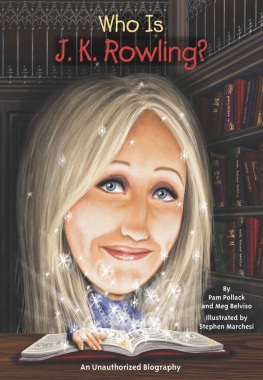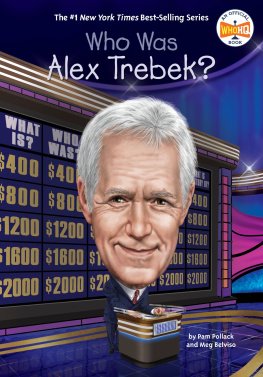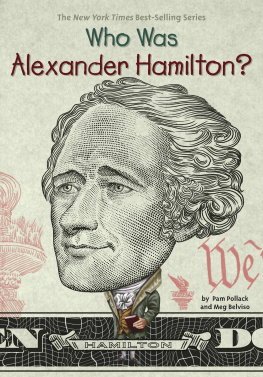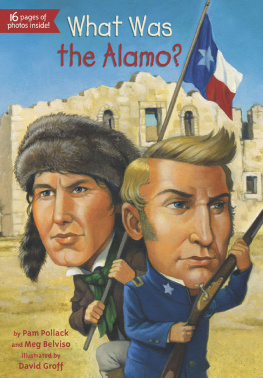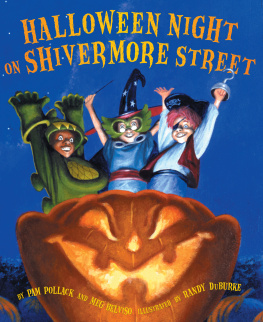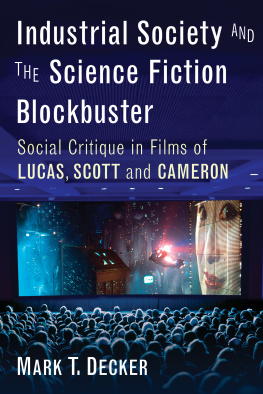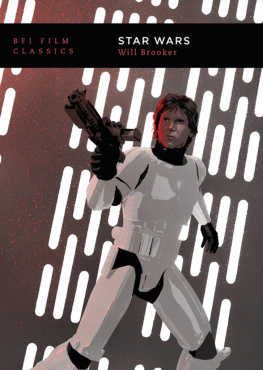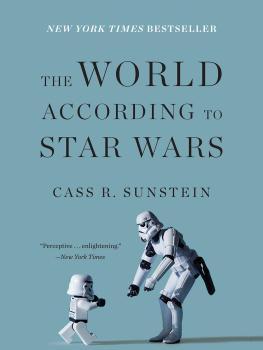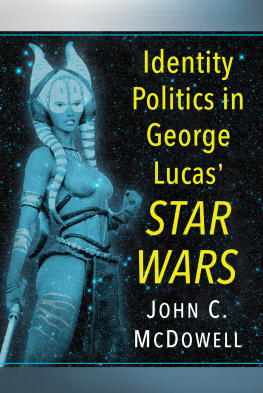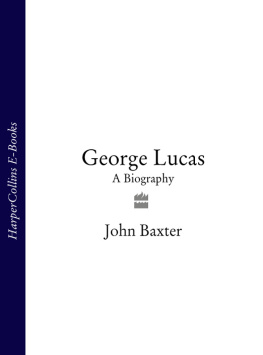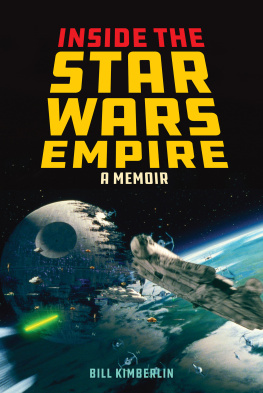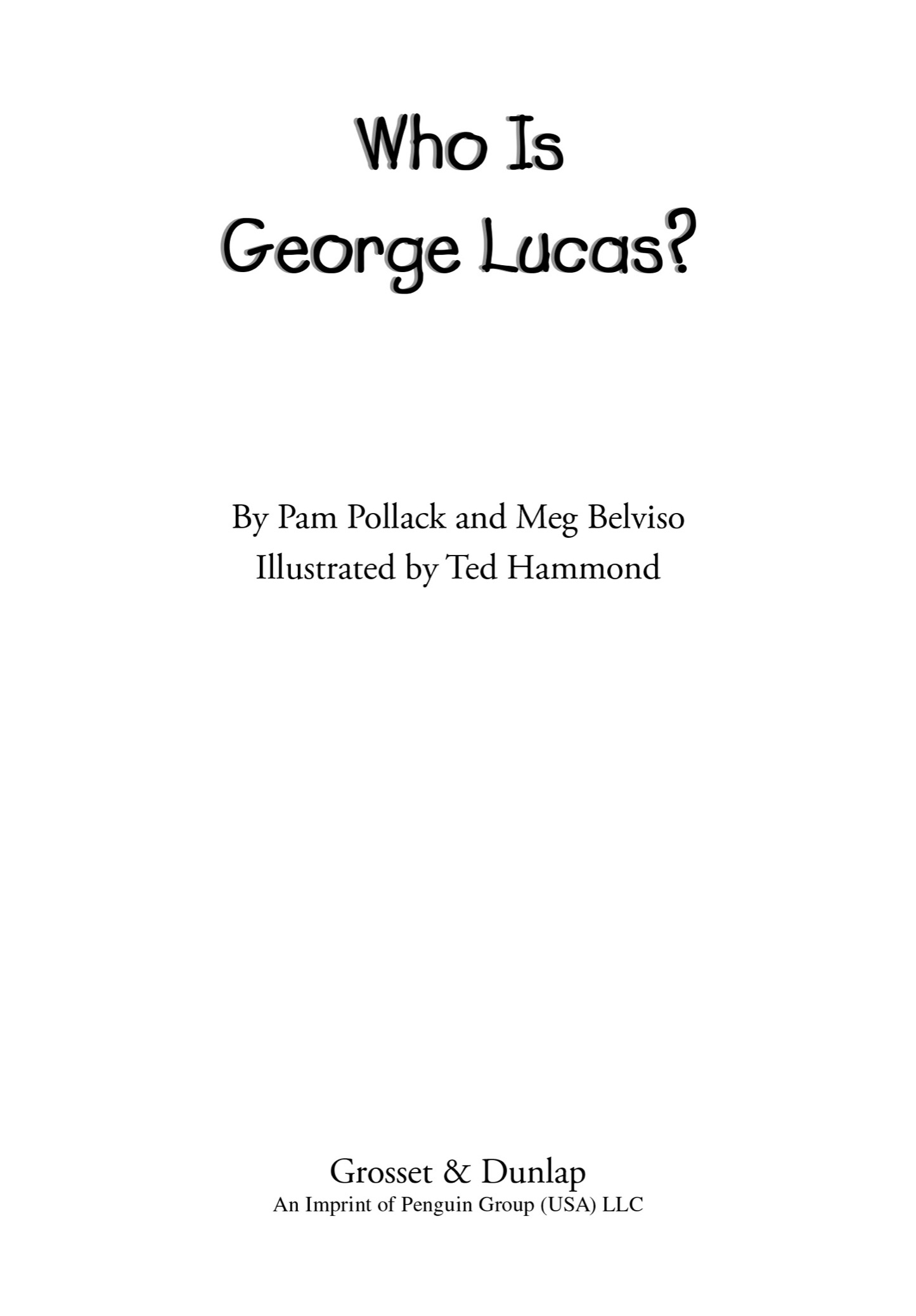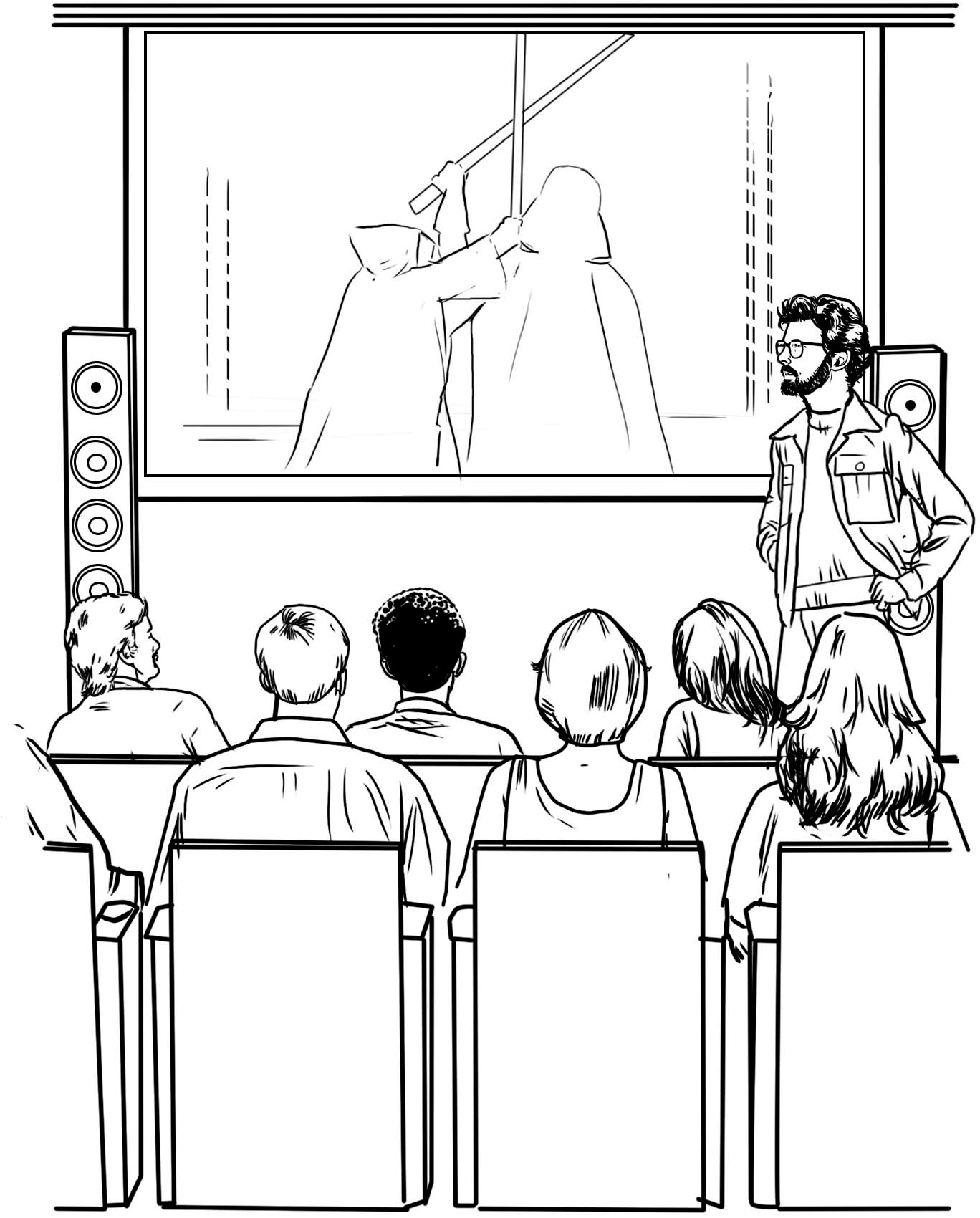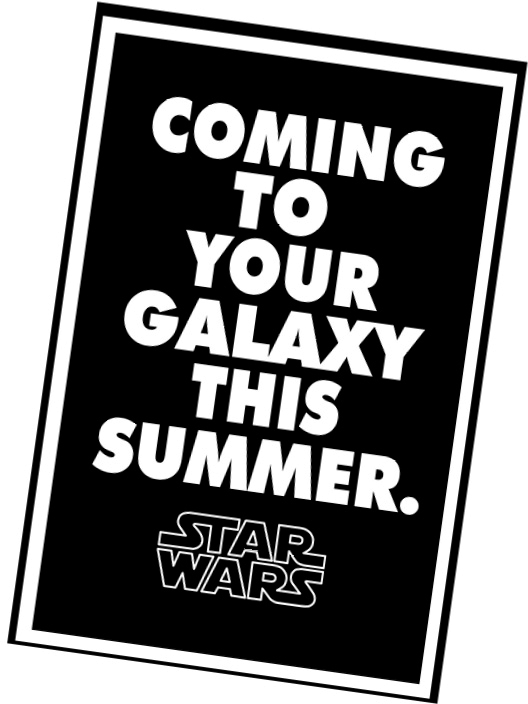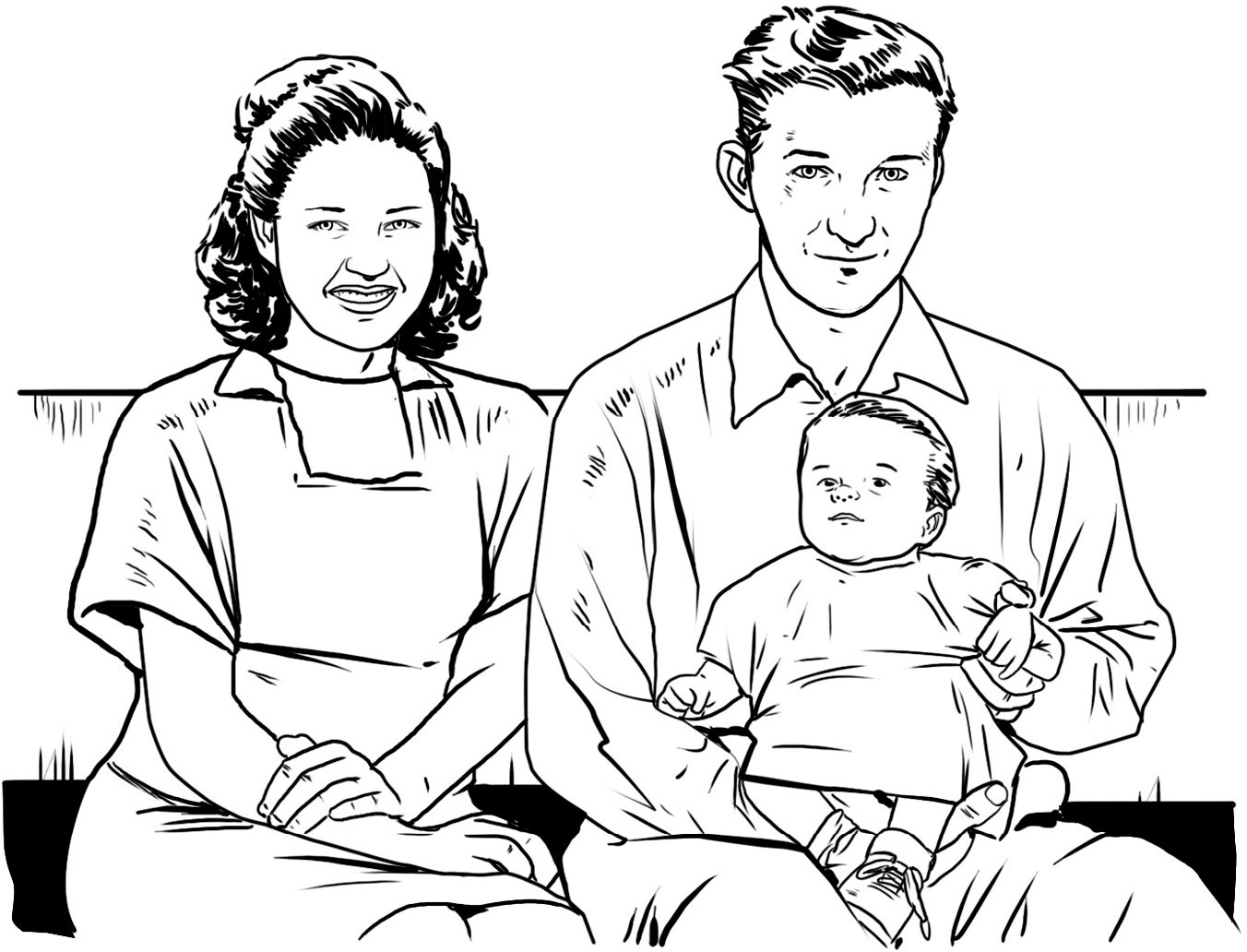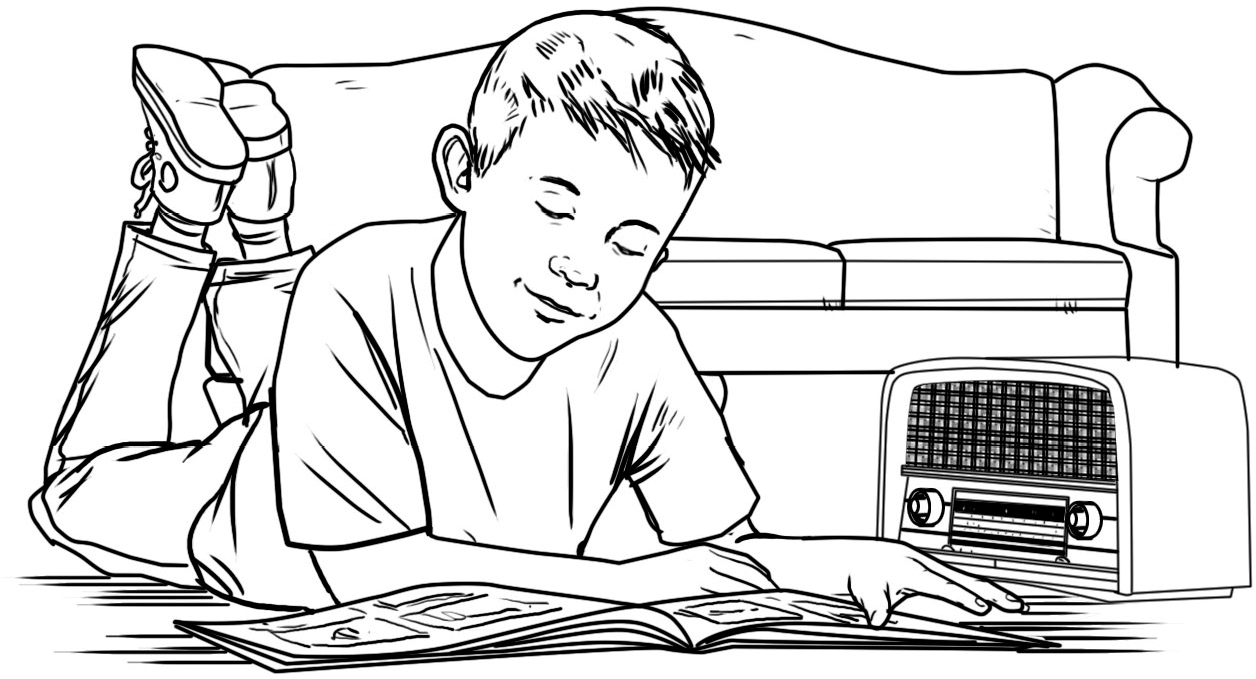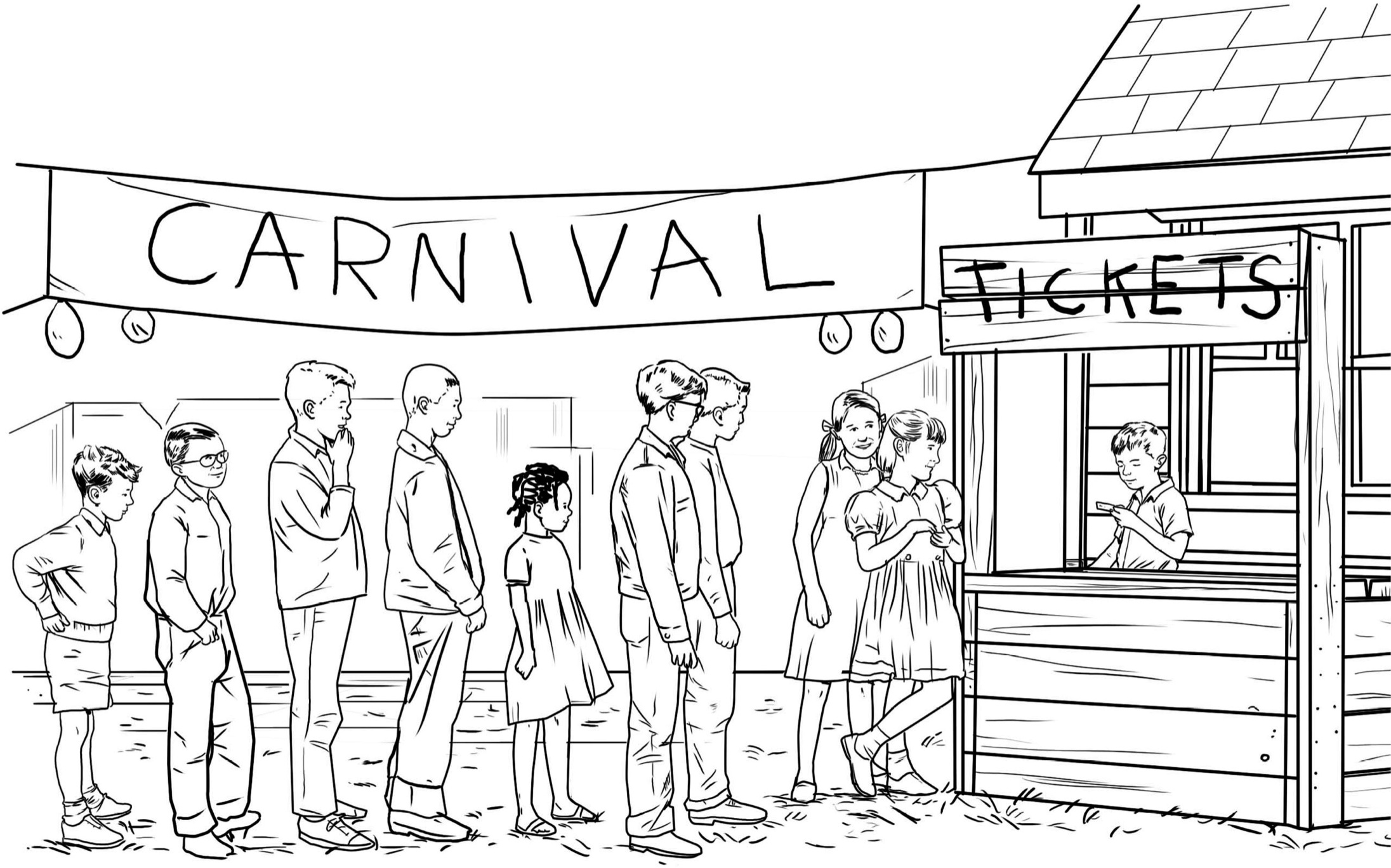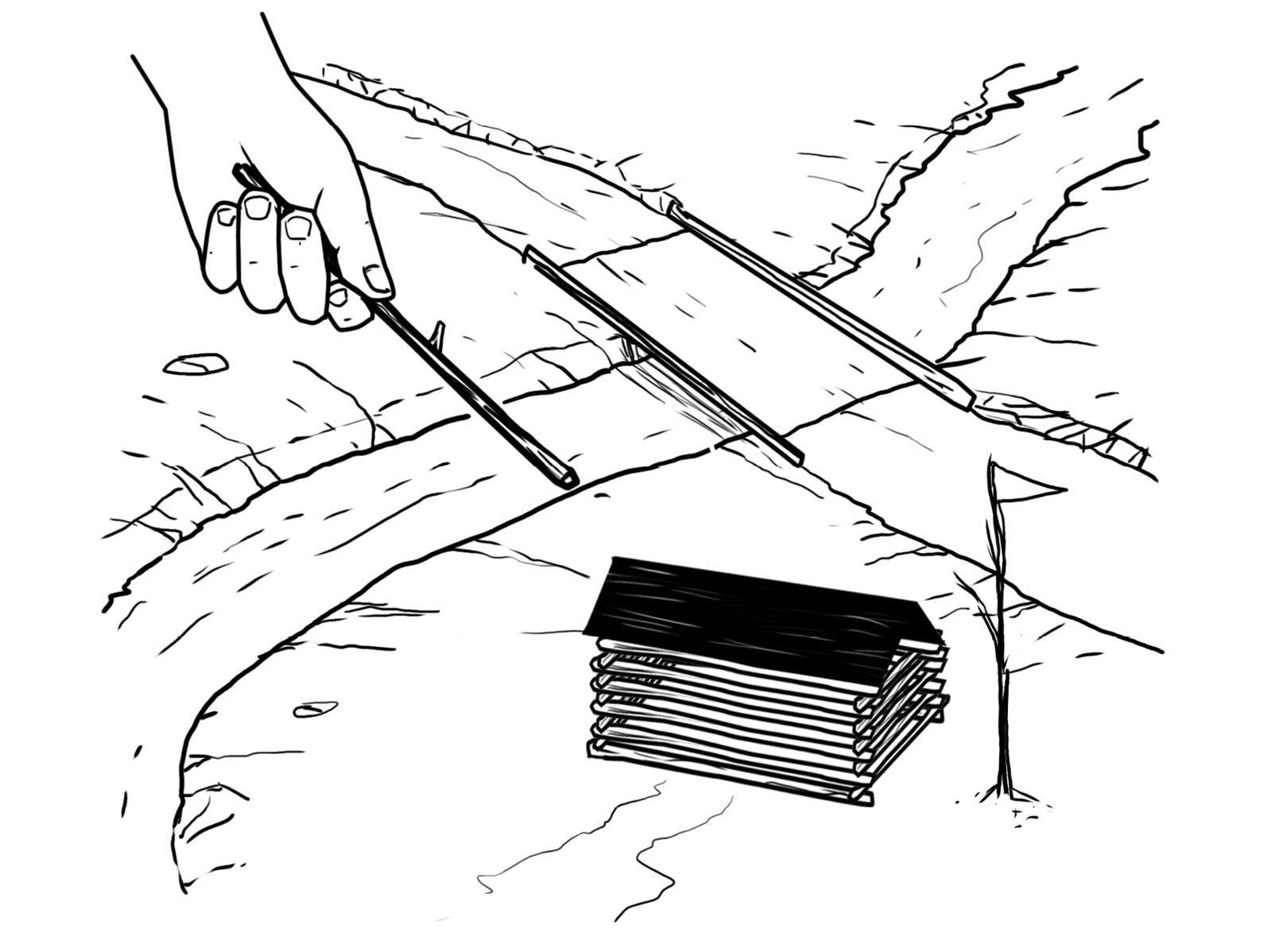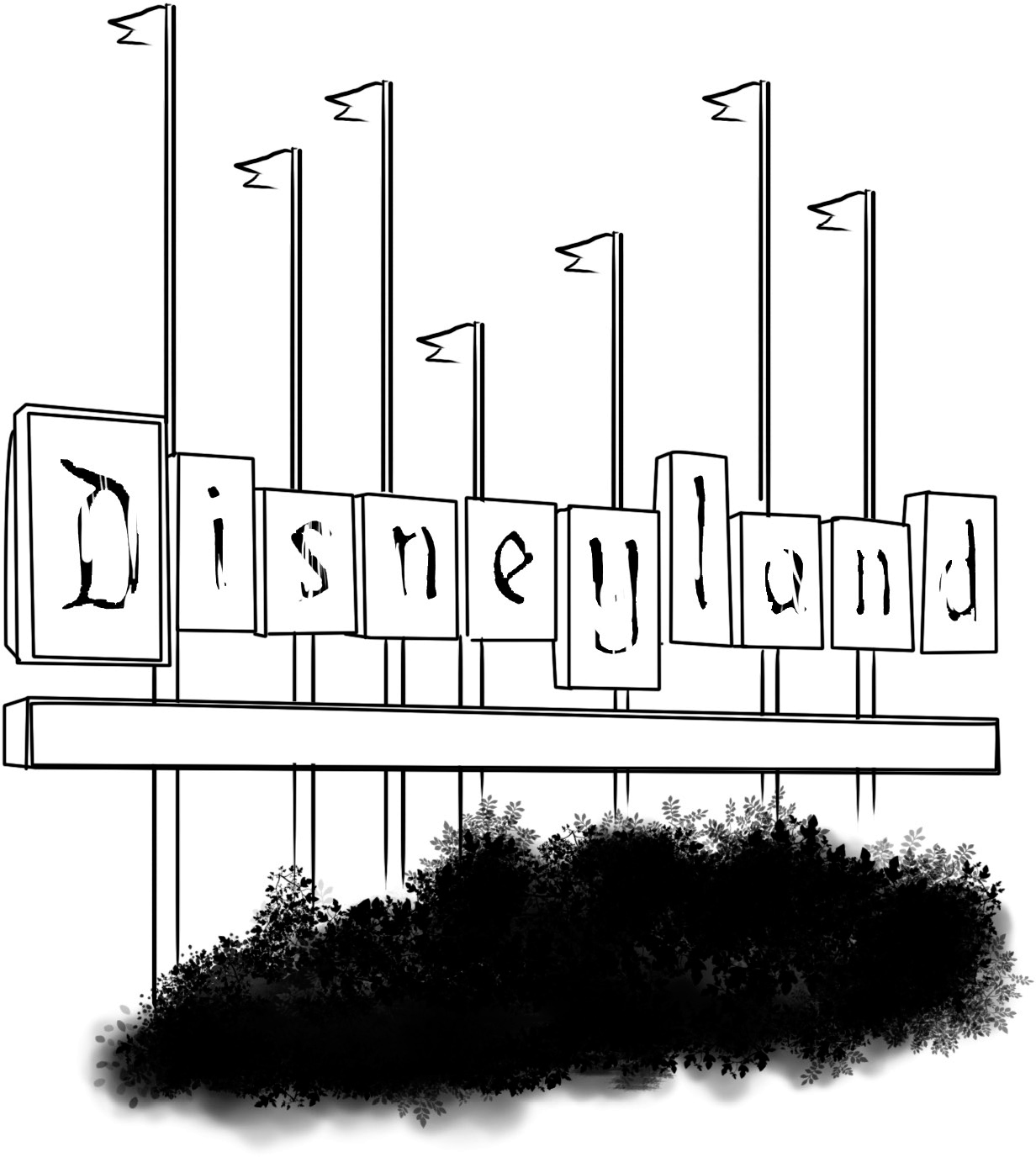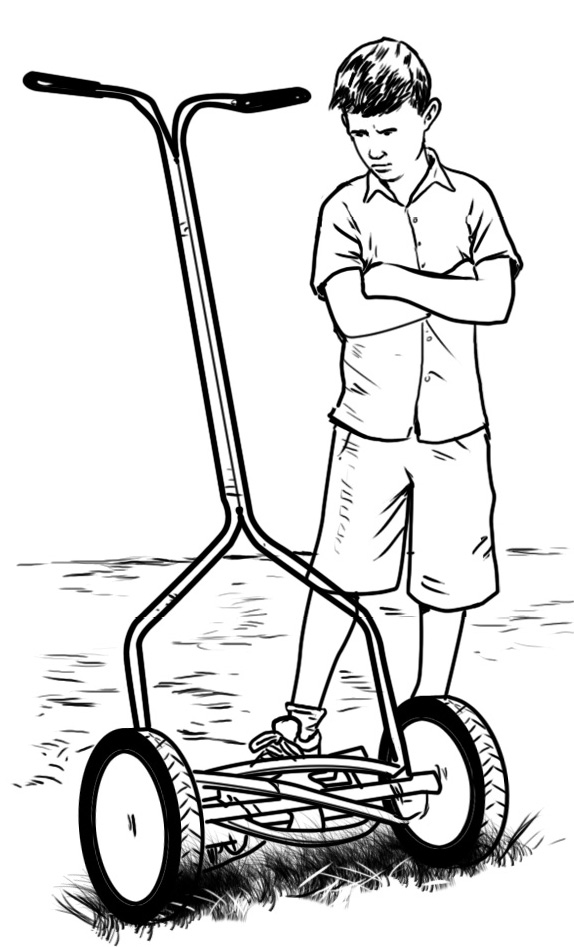USA | Canada | UK | Ireland | Australia | New Zealand | India | South Africa | China
Penguin supports copyright. Copyright fuels creativity, encourages diverse voices, promotes free speech, and creates a vibrant culture. Thank you for buying an authorized edition of this book and for complying with copyright laws by not reproducing, scanning, or distributing any part of it in any form without permission. You are supporting writers and allowing Penguin to continue to publish books for every reader.
The publisher does not have any control over and does not assume any responsibility for author or third-party websites or their content.
Not authorized by George Lucas or Lucasfilm Ltd.
Text copyright 2014 by Pamela D. Pollack and Margaret Dean Belviso. Illustrations copyright 2014 by Ted Hammond. Cover illustration copyright 2014 by Nancy Harrison. All rights reserved. Published by Grosset & Dunlap, a division of Penguin Young Readers Group, 345 Hudson Street, New York, New York 10014. GROSSET & DUNLAP is a trademark of Penguin Group (USA) LLC.
Who Is
George Lucas?
In 1977, film director George Lucas invited some friends to his house in San Anselmo, California. He promised to show them an early, unfinished version of the new movie he was making. George had been working on Star Wars for eighteen hours a day for over a year.
George settled everyone in front of the screen, where they watched Luke Skywalker battling Darth Vader and the dreaded Death Star. They met the droids R2-D2 and C-3PO. They learned about the Force, the mystical power that Jedi space knights use to control the world around them.
When the movie finished, everyone was thinking the same thing: It was a disaster.
After the screening, one friend wasnt afraid to tell George what he really thought. Brian De Palma, another young director, teased him relentlessly about the almighty Force and the questionable wardrobe choices. Hey, George, what were those Danish rolls doing in the princesss ears? he asked about Princess Leias soon-to-be-famous hairstyle. Even worse than De Palmas teasing was the pity expressed by Georges other friends.
Always shy and quiet, George simply listened to the criticism.
Steven Spielberg thought the movie was good, but George had already accepted that it was a failure. I figured, well, its just a silly movie, he said later. It aint going to work.
After the screening, Alan Ladd Jr., the studio executive who had given George the money to make Star Wars, called Spielberg and asked him what he really thought of the movie.
I think this film is going to make a hundred million dollars, Spielberg said. People will love it.
Spielberg was right. People loved Star Wars. What he didnt know was that Star Wars would become much more than a hit movie. It would forever change the way movies were made.
Chapter 1
Ramona Avenue
On May 14, 1944, George Walton Lucas Jr. was born in Modesto, California. His father, George Sr., and his mother, Dorothy, already had two daughters, Ann and Katy. When George was three, his younger sister, Wendy, was born into the growing family on Ramona Avenue.
As a young boy, George often ran errands for his fathers stationery store after school, but he wasnt interested in greeting cards and writing paper. What George loved was listening to radio shows and picturing everything in his mind. He loved comic books like Scrooge McDuck and pulp magazines like Amazing Stories. When the family got their first television, George was ten. He devoured new shows like Have Gun Will Travel and Gunsmoke. He also watched old serials on TVserials were short movies that always ended on a cliffhanger with the hero in danger. George loved wondering what would happen next.
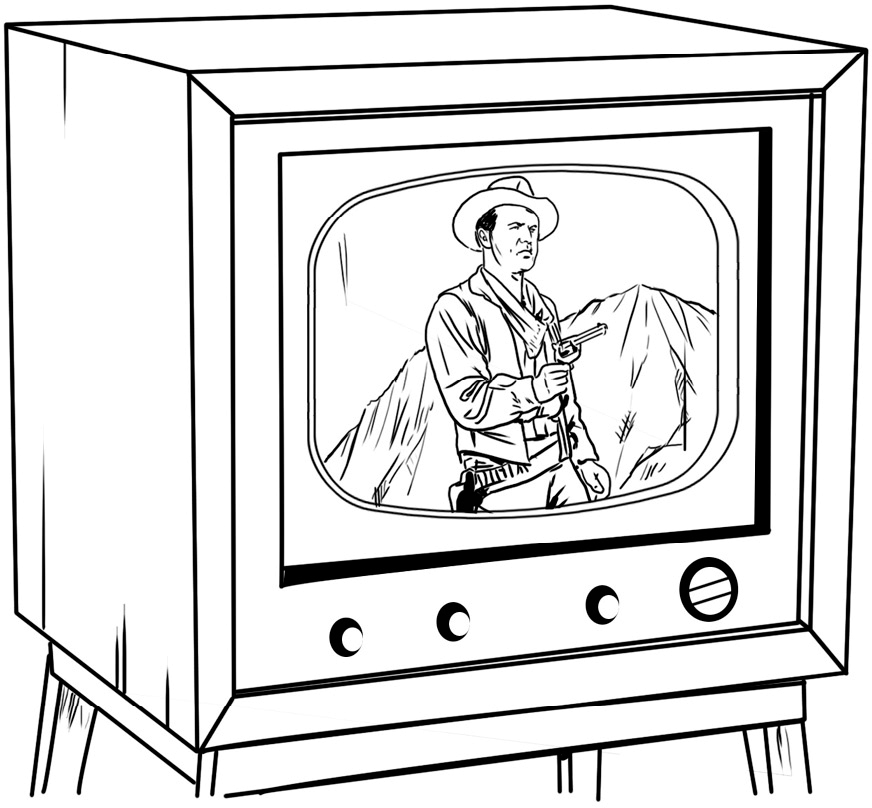
To George, the stories in his head were more interesting than the things he was studying in school, and his grades showed it. His father wasnt happy with his report cards, but Georges imagination was too big to control. He was always making plans. With the help of his sister Wendy and his best friends, John Plummer and George Frankenstein, he organized a backyard carnival with rides and games, a homemade fun house, and a zoo filled with all the pets in the neighborhood.
At the center of the carnival was a roller coaster that George designed. It rolled down an incline, rotated on a turntable made out of a huge telephone-wire spool, and rolled onto the ground.
George also liked building environmentstiny worlds, cities, and farms made of dirt, berries, and cement poured into carefully made molds.
When George had an idea, it could be amazing.
When George was eleven, his family traveled
to Anaheim, California, for the opening of Disneyland. Disneyland was like one of Georges environments on a grand scale, a whole world built from the imagination of one man, Walt Disney.
George Sr. thought practical things, like earning money, were more important than imagination. All the Lucas children worked hard for a weekly allowance. One of Georges chores was mowing the lawn with the manual mower. He was so small he couldnt do it well. If only they had an electric lawn mower, he could do his chores more quickly and efficiently. But electric lawn mowers were expensive. For four months George saved every penny of his allowance. That gave him $35still not enough for a lawn mower. He borrowed another $25 from his mother and bought a power mower for $60.


